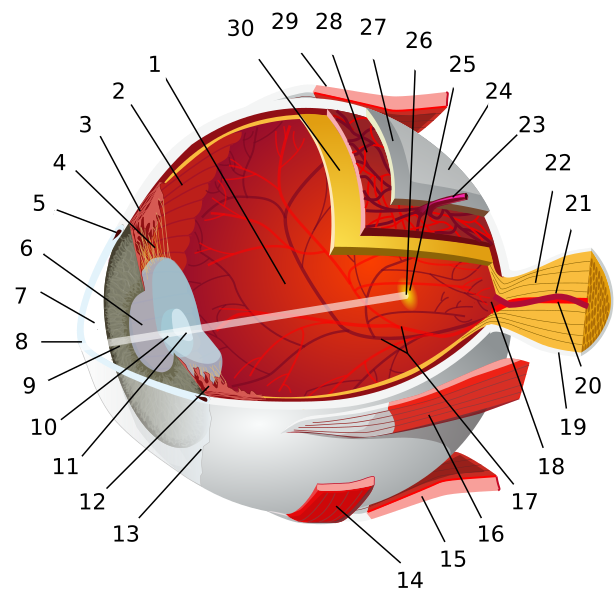
Cataract surgery removes the lens of the eye and replaces it with an artificial lens (made of plastic, acrylic, or silicone). The lens is removed by creating a small incision in the cornea and then suctioning it out.
What is it?
Cataracts are a clouding of the lens inside the eye, creating vision problems that cannot be corrected with contacts. This procedure is common in aging populations especially, leading to over 3 million cataract surgeries being performed each year. In this procedure, the cloudy lens is removed and replaced by an artificial lens that restores clear vision.
What should I do to prepare?
When preparing for cataract surgery, you should talk to your doctor to determine which medications to stop using. Additionally, you may need to start using eye drops to prevent infection and undergo tests to determine the right type of lens to use in the surgery. At least twelve hours before the surgery, you should not eat or drink.
What happens during the process?
During cataract surgery, a small incision is made on the side of the cornea of the eye. Your doctor will then insert a tiny instrument into the incision that uses high-frequency ultrasound to break up the cloudy lens and suction it out. The doctor will then replace the lens with an artificial intraocular lens. This new, clear lens allows light to pass through and focus properly on the retina. Stitches may or may not be used. The doctor will then place a protective shield over your eye.
What are the risks and potential complications?
Common risks and complications of cataract surgery can include eye redness and blurred vision following the procedure, infection, bleeding inside the eye, increased pressure inside the eye, also known as glaucoma, swelling of the retina, swelling of the cornea, retinal detachment, and partial or complete loss of vision.
Disclaimer:
All GlobeHealer Site content, including graphics, images, logos, and text, among other materials on the site are for educational purposes only. This content is not intended to be a substitute for professional medical advice, and you should always contact your physician or qualified health provider for information regarding your health. Information on this site regarding the overview, diagnosis, and treatment of any kind should be looked at, in addition to the advice and information of your health care professional. Do not disregard medical advice or delay seeking treatment or medical advice due to information found on the GlobeHealer site.
If there is even the possibility that you may have a medical emergency, seek treatment, call your doctor, or call your local emergency telephone number immediately. GlobeHealer does not endorse being the first line of communication in case of emergency and does not endorse any specific test, physician, facility, product, procedure, opinion, or other information that is or may be mentioned on this site or affiliated entities. Reliance of any and all information provided by GlobeHealer, its employees, affiliations, others appearing on the Site under the invitation of GlobeHealer, or visitors of the site is solely at your own risk and is not the responsibility of GlobeHealer.
Image Source: https://commons.wikimedia.org/wiki/File:Eye-diagram_no_circles_border.svg
